Cupping vs Crowning – Signs of Potential Water Damage
Wood is one of the most common flooring materials used in homes all across the northeast United States, and for a great reason. Not only does is increase the value of your home, but when maintained properly, you’ll never need to replace it. However, maintenance is the key to ensuring a long life for your wood floors. One of the natural characteristics of wood is that it will tell you when something’s wrong (or show you, rather). Being that wood is a hygroscopic material- meaning that it has the ability to pull in and retain moisture from its environment- Cupping and Crowning are clear signs that there’s a moisture issue somewhere, and if the problem isn’t remedied soon enough, serious damage is inevitable. In this article, we’re going to tell you all about the cupping and crowning of wood floors, how to tell, and what your options are.
Cupping
What it looks like
– You’ll know that your wood floor is cupping when you can see the perimeter of the planks are higher than the center. Each plank will have a concave appearance.
What does it mean?
– When you notice your wood floor is cupping, it generally means that there is either direct water or water vapor (increased moisture and/or humidity) coming from below the flooring planks. Cupping is the first sign that there is a moisture problem underneath your floors. What’s happening is the bottom side of your wood flooring is absorbing more moisture than what’s existing on the top. When wood absorbs moisture, whether it be direct water from a broken pipe somewhere, or extra humidity from an inadequately insulted crawlspace, it will swell and expand. But seeing how the moisture content is higher on the bottom of the wood plank than the top, the bottom of each plank swells and the top curls inward, while the sides swell up around the center, causing the concave-look.
What causes cupping?
– Wood is a natural material, and being so, it reacts to its environment including the temperature and humidity in the air. The plain and simple answer to the cause of a cupping floor is – there’s more moisture below the flooring than there is above it. Now that you know what your wood flooring is telling you, your next step is to find the underlying cause – where is the additional moisture coming from? Early detection is always key to maintaining the structural integrity of your wood floors. There are a lot of things that have to be considered when trying to figure out what’s causing your particular wood floors to cup. The first would be – where in your home are the cupped floors located? If it’s in a designated area in your kitchen, for example, you may want to consider the possibility that a waterline beneath the floor may be broken or leaking. Another thing to look at is if the cupping is over a large area of your wood floors, or is it in an isolated section? For example, if you have wood floors in your living room on grade level, and there is a garage underneath them (below grade), they may have cupping issues if there isn’t proper insulation underneath. Damp basements, garages or even crawl spaces that haven’t been properly insulated to block the moisture from reaching your woods’ subfloor is a sure way to cause cupping in your wood floors.
Solution
– If and when you notice cupping in your wood floors, the direct cause of the cupping needs to be pinpointed and addressed before anything else. If whatever is causing the cupping isn’t taken care of, the cupping will just keep happening. Remember, when your wood floors are cupped, they’re telling you that there is an imbalance in moisture levels between the top and bottom of the flooring, so if nothing is done to fix the imbalance, the floors will keep cupping, eventually leading to buckling and severe damage. The solution to your cupped floors all depend on the specific cause. If the cupping is severe, once the direct cause of the cupping has been taken care of and the floors have had time to re-acclimate to their environment, sanding and refinishing your wood floors will bring them back to looking new again.
Crowning
What does it look like-
When your floors are crowning, the edges of the wood planks are sloped downward and the middle is raised- think of the shape of a rainbow. Floors that are crowning have an arched-appearance.
What does it mean?
Being that wood is a natural material, it reacts to its surrounding environment accordingly. When your wood floors are showing signs of crowning, it means that there is a higher moisture content on the top, and lower moisture content on the bottom. When the relative humidity in the home is higher than it normally is, the wood absorbs the moisture and reacts by swelling. You will notice this in the warmer months of the year, where the relative humidity in the air is higher, vs the colder months when we usually have the heat in our homes on, eliminating any excess humidity.
What causes crowning?
– If and when you see crowning in your wood floors, it means there is a higher moisture content on the top of the floor than there is on the bottom where the subfloor is. When there is an excessive amount of moisture and humidity in the air, and you’re not controlling the environment your wood flooring is in, the wood reacts to the elevated moisture by crowning. Crowning may not only occur from the moisture content in the air, it CAN occur if moisture/water gets directly placed onto your wood floors too.
Some examples are
– mopping your wood floors (this is a sure way to cause crowning, and sever damage and is highly advised against),
– entry and exit areas where wet or muddy shoes come in direct contact with the wood,
– any kind of appliance that leaks like a dishwasher or refrigerator water-line,
– the area where your pet’s water bowl sits.
All of these are examples of heavy moisture and water getting directly placed onto the wood flooring, and all of those circumstances have the potential of causing crowning and further damage.
Read more about floor care and maintenance here, to prevent potential water damage to your wood floors.
Can they be fixed?
Depending on the severity of the crowning, the floors may be able to be fixed. With any sign of moisture damage, the first step is identifying the direct cause of the damage. If it’s something simple like a small area of flooring, possibly where your pets water bowl always sits, and the cause is obvious, there’s usually an easy solution to that. First, figure out a different area to keep your pets bowl, then, after allowing the wood to dry out, refinishing should fix the crowning. Whether the flooring can be “fixed” or not, really depends on the extent of the water damage. If your floors are just starting to show signs of crowning, and the cause is caught early on and addressed, there’s a great chance your flooring will be fine. If your flooring has severe crowning, and buckling, the water damage may be too extensive to repair.
Preventative options
*Keep the humidity levels and temperature in your home consistent
*Do not put a lot of water directly on your floors.
*Don’t allow water to sit on the wood floor, clean it up as soon as possible.
*Avoid walking directly on your wood floors with wet shoes from outside, placing mats at entry/exit doors are a big help.
*Don’t feed your pets directly on your wood floors if you don’t have to. If you have an area of your home with tile or vinyl or another moisture-friendly floor, that would be safer. If you do, try placing a floor mat underneath their bowl and make sure if it gets wet, don’t leave it siting on the wood floor.
High moisture content affecting the floors for a prolonged period of time will inevitably have a negative impact on the hardwood and result in water damage and buckling. In many cases, minor cupping and crowning, when detected early, can be resolved once the cause is found and taken care of. Any changes in your floors’ surface appearance is cause for a bit of concern. When your flooring shows signs of cupping or crowing, it means there’s an underlying issue that needs to be remedied before it becomes severe and beyond repair. If you have questions about your wood flooring, and whether there may be water damage, our experienced flooring professionals will be able to help you find a solution. Call us for a free in-home consultation today.
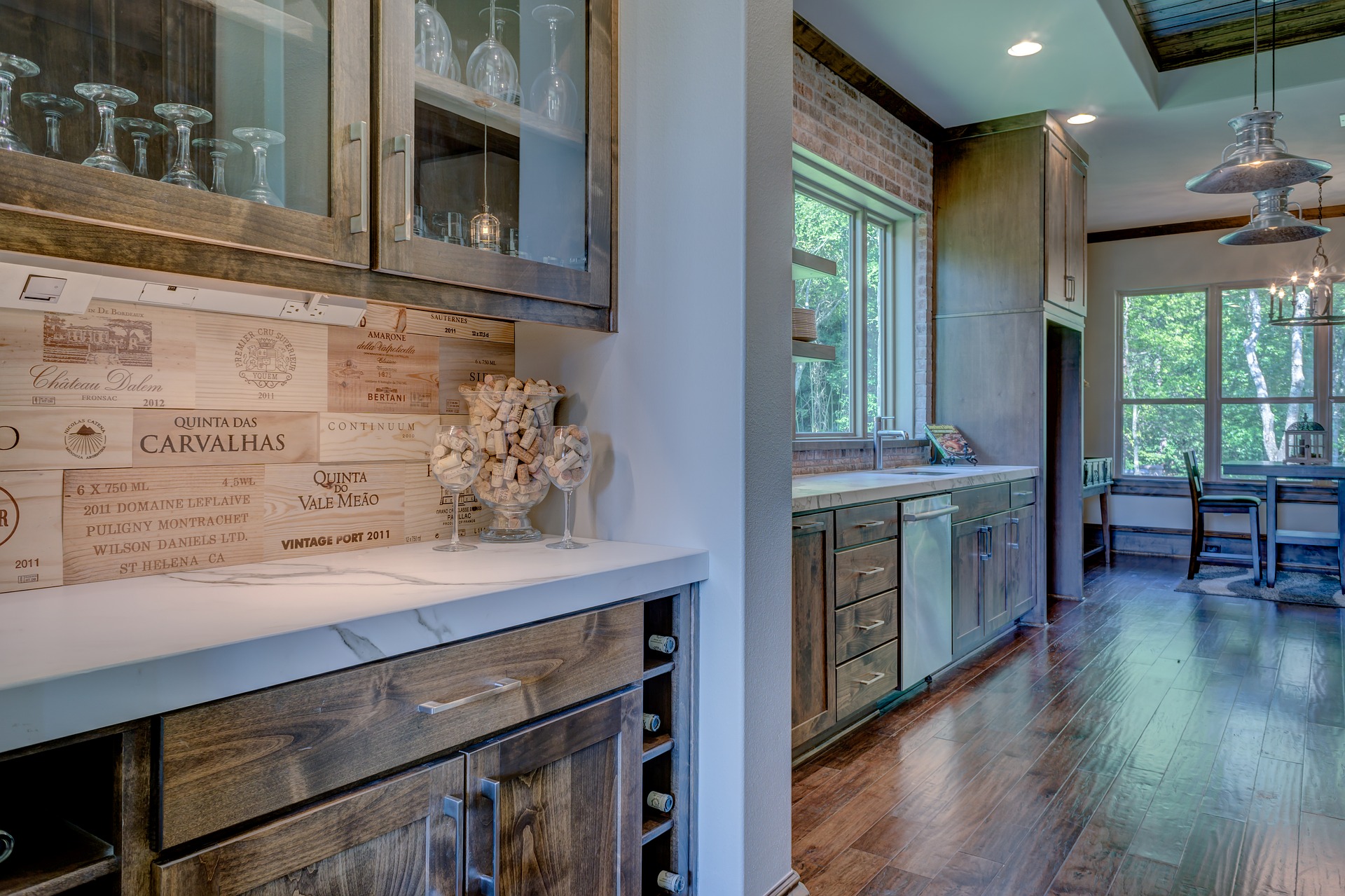
![]()

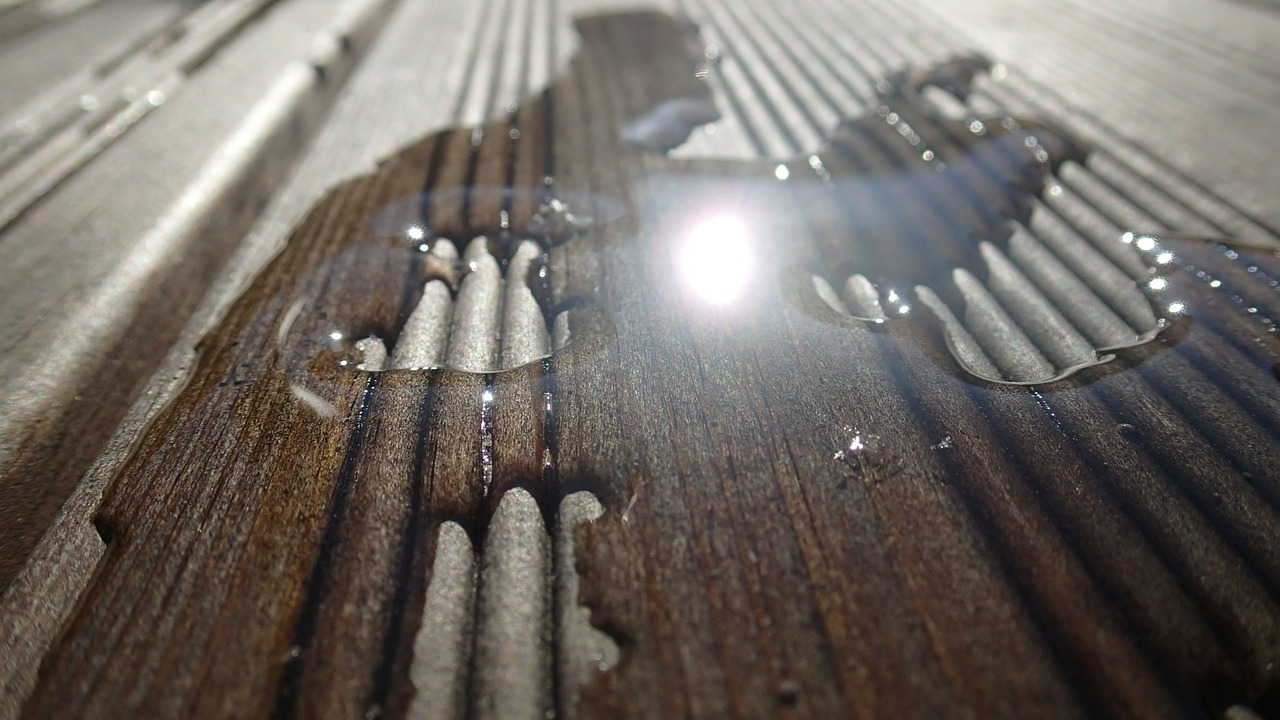

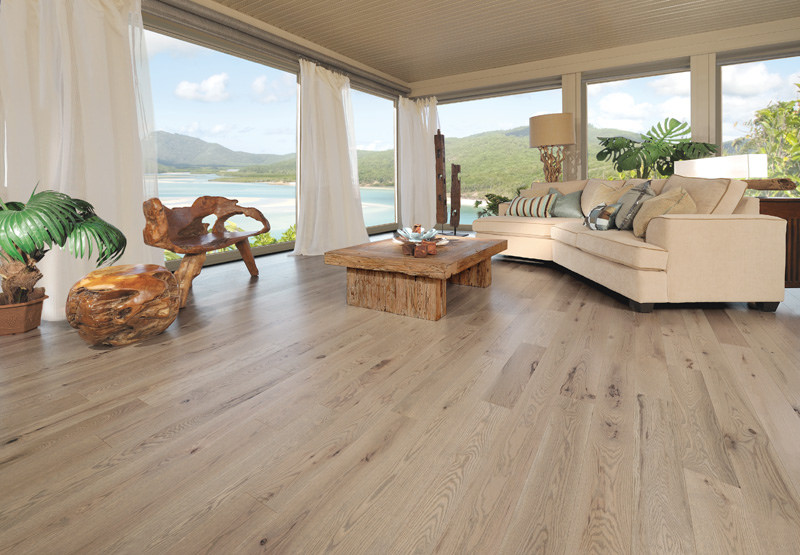
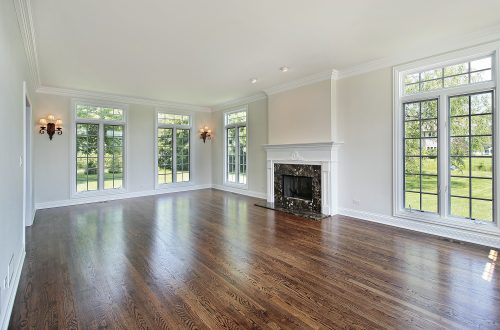
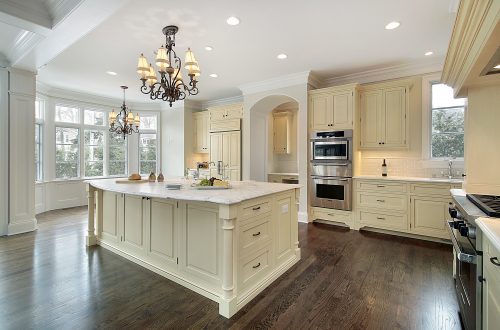

47 Comments
Pingback:
Pingback:
Pingback:
Pingback:
Pingback:
Pingback:
Pingback:
Pingback:
Pingback:
Pingback:
Pingback:
Pingback:
Pingback:
Pingback:
Pingback:
Pingback:
Pingback:
Pingback:
Pingback:
Pingback:
Pingback:
Pingback:
Pingback:
Pingback:
Pingback:
Pingback:
Pingback:
Pingback:
Pingback:
Pingback:
Pingback:
Pingback:
Pingback:
Pingback:
Pingback:
Pingback:
Pingback:
Pingback:
Pingback:
Pingback:
Pingback:
Pingback:
Pingback:
Pingback:
Pingback:
Pingback:
Pingback: